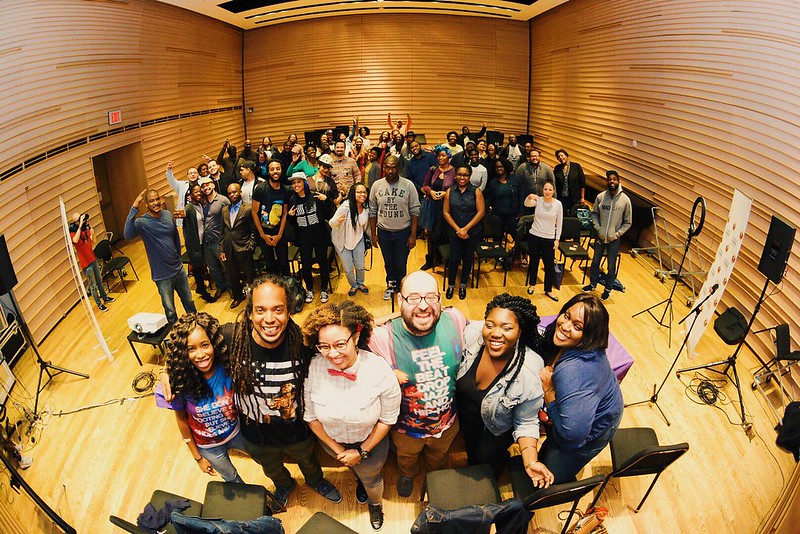
When I first started getting serious about photography, I shot everything. It was all new and there was just so many new concepts I wanted to try out. Shortly after, I had a very expensive DSLR sitting in a closet collecting dust. The camera was originally bought because I was trying to build my first blog (an Apple-related blog if you’re curious) and I convinced myself that if it was to be successful it would need original photos. Never mind I didn’t really know anything about photography beyond making sure it wasn’t blurry. My original failure in the world of photography didn’t come from lack of interest of passion or even time – I never respected the fact that simply trying a technique isn’t the same as learning a technique.

Shortly after my first blog fizzled out I found myself writing for another tech blog – The Noisecast. I ended up there with a fib, I said I had a camera and took great pictures. See where I’m going with this? Unlike the first time I tried to learn photography, this time I focused on a couple of key styles of photography. These became the building blocks for truly picking up the camera for the first time. I was covering live events and press conferences; it’s fast shooting in variable conditions. It’s a lot harder than you convince yourself it to be but it is a true trial by fire. I became competent shooting events for journalistic purposes but I couldn’t practice event photography without events to shoot – and so I learned about Street Photography.

Learning a very specific style of photography pushed my creative limits. It forced me to relearn everything I had already become comfortable with. I had to go through the ups and downs of starting fresh. Mistakes were made, shortcuts taken; in the end I saw it through and became better at the craft. Learning about new compositional techniques, learning how to capture the emotion of a scene or the energy of a place.
 //embedr.flickr.com/assets/client-code.js
//embedr.flickr.com/assets/client-code.js
I’m not going to say I’ve mastered any of this – fooling ourselves into mastery of this craft leads to stagnation and conforming. I’m however ready for my next challenge. I want to be better at what I do so I decided that I’ll be taking on not just film photography but learning to shoot medium format 120 film. It’s going to be an on-going challenge in conjunction to my daily digital photography. I’m looking forward to this next step and I encourage you dear reader to step outside of your comfort zone. Portrait photographers go out and shoot some landscapes; nature photographers head into the city where the wild things are. You get the idea.














